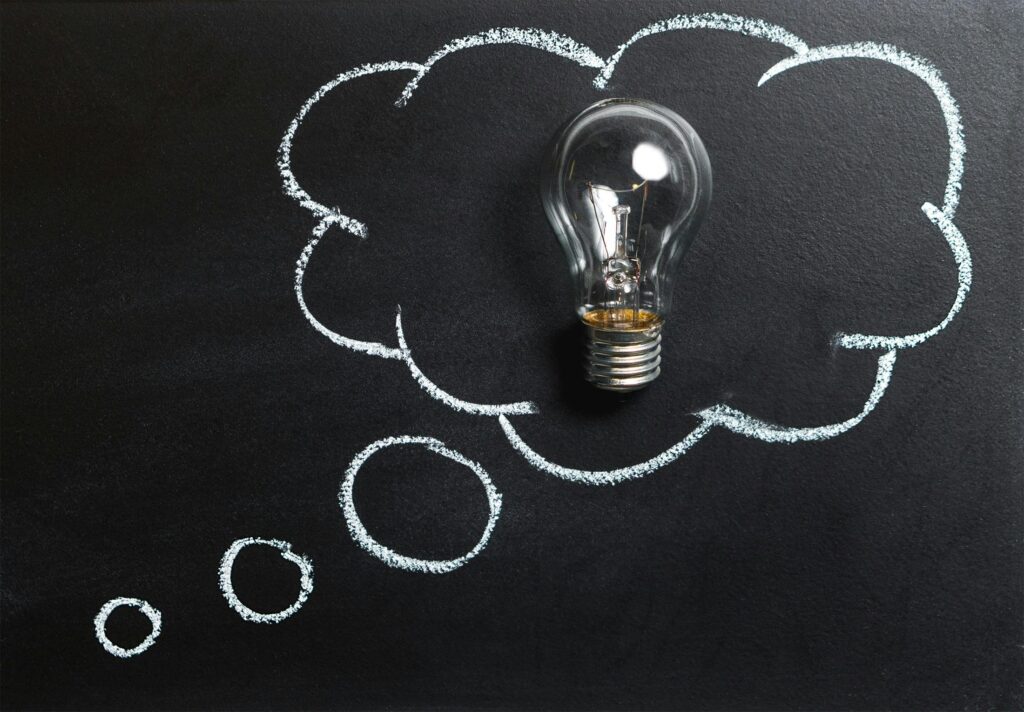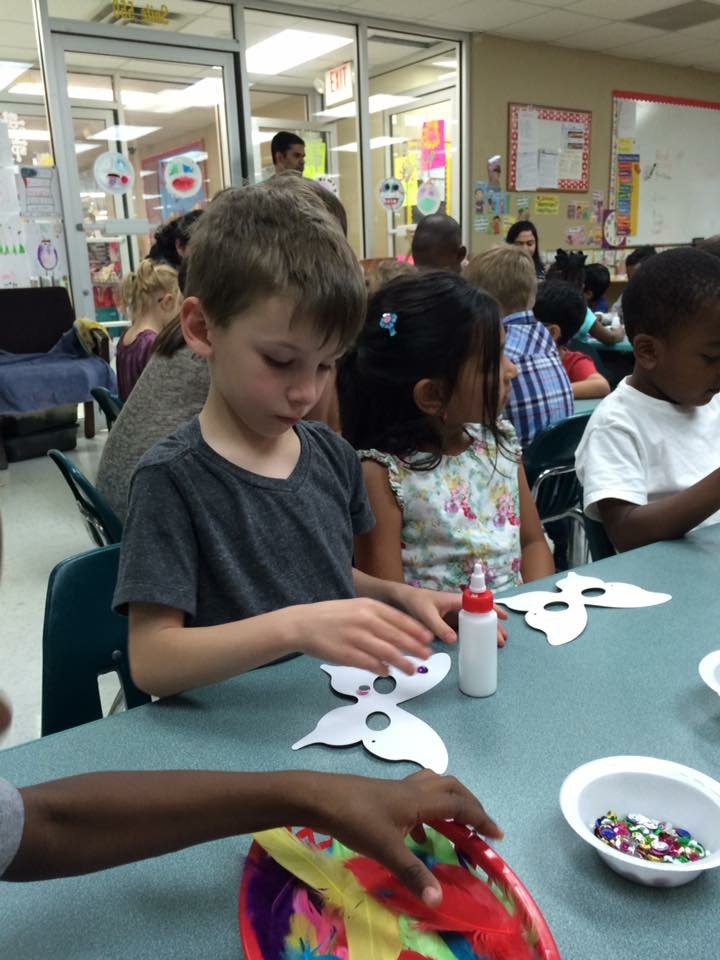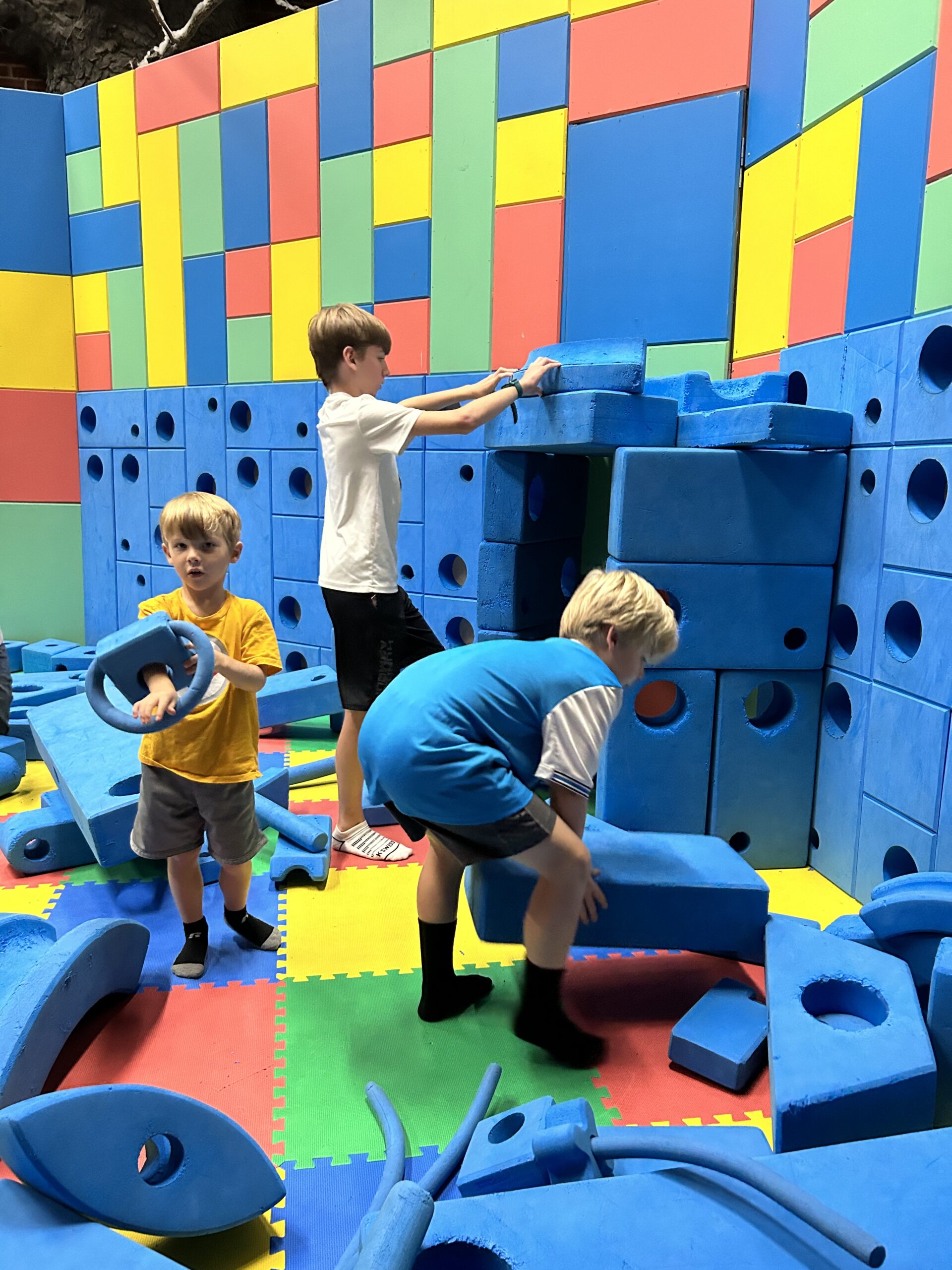AI is a dominant factor in the new school year. It has many benefits as well as challenges for teachers and students. Artificial intelligence tools, according to a Gallup-Walton Family Foundation poll, save teachers about 5 to 6 hours per week when using AI tools. As teachers use it for grading and scheduling students, they have more time for student learning.
Currently, teachers utilize AI for lessons to reinforce learning and support student improvement, create worksheets, adjust work to accommodate individualized learning styles, administer assessments for immediate feedback, and streamline administrative tasks.
According to Andrew Matin, PhD, a professor of educational psychology and chair of the educational psychology research group at the University of New South Wales in Sydney, states, “In many ways, K–12 schools are at the forefront of figuring out practical, operational ways to use AI, because they have to. Teachers are facing a room full of people who are very much at the cutting edge of technology.”
AI and Students
Recently, OpenAI developed a chatbot that functions as a tutor using the Socratic method. It creates quizzes and study plans. However, much of the concern with AI centers on the issue of student cheating. Teachers want to ensure that students are genuinely learning and not constantly relying on ChatGPT for assignments.
AI in the classroom transforms a teacher’s instruction process. It motivates and engages students. It captures attention through games and helps young students learn technology. AI also assists students who struggle with assignments or need strategies for writing essays.
Learning how artificial intelligence is used in the classroom requires a delicate balancing act. Teachers must understand and learn best practices to integrate into the school. It has drawbacks that demand careful planning and ongoing assessment. It also carries risks and misinformation that require constant oversight. Educators must evaluate the potential of AI before involving students.
Creativity and AI
Creativity is stifled when students overuse AI. They begin to lose confidence and original thought in their work. With too much use, students tend to rely on technology and not on their thoughts and creativity. It causes students to lose. their voice and perspective. Its use is enhanced if it is only used for brainstorming and writer’s block. Students must learn how to balance their use, using it only as a supplement and not a replacement for the learning process.
AI is based on patterns, data, and content already found on the internet. Thus, it lacks uniqueness. The human brain functions on creativity. It involves multiple coordinated brain regions for creative thought, unlike AI. While AI can be useful, teachers and students must be aware of how it is used.



